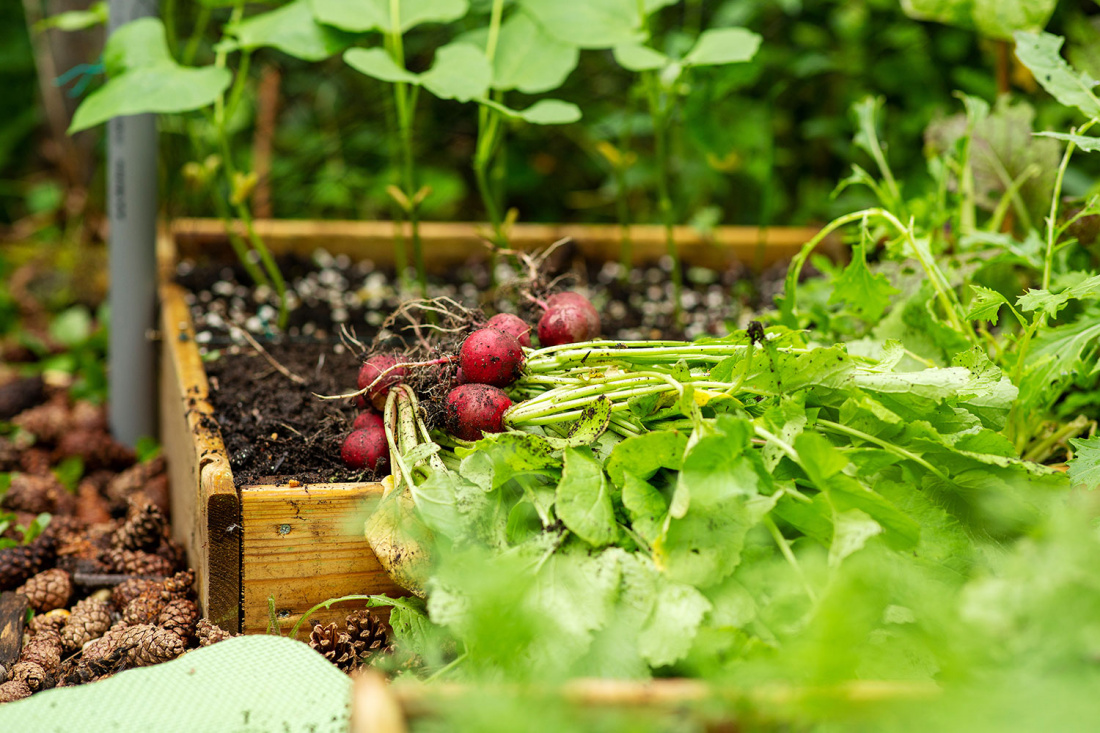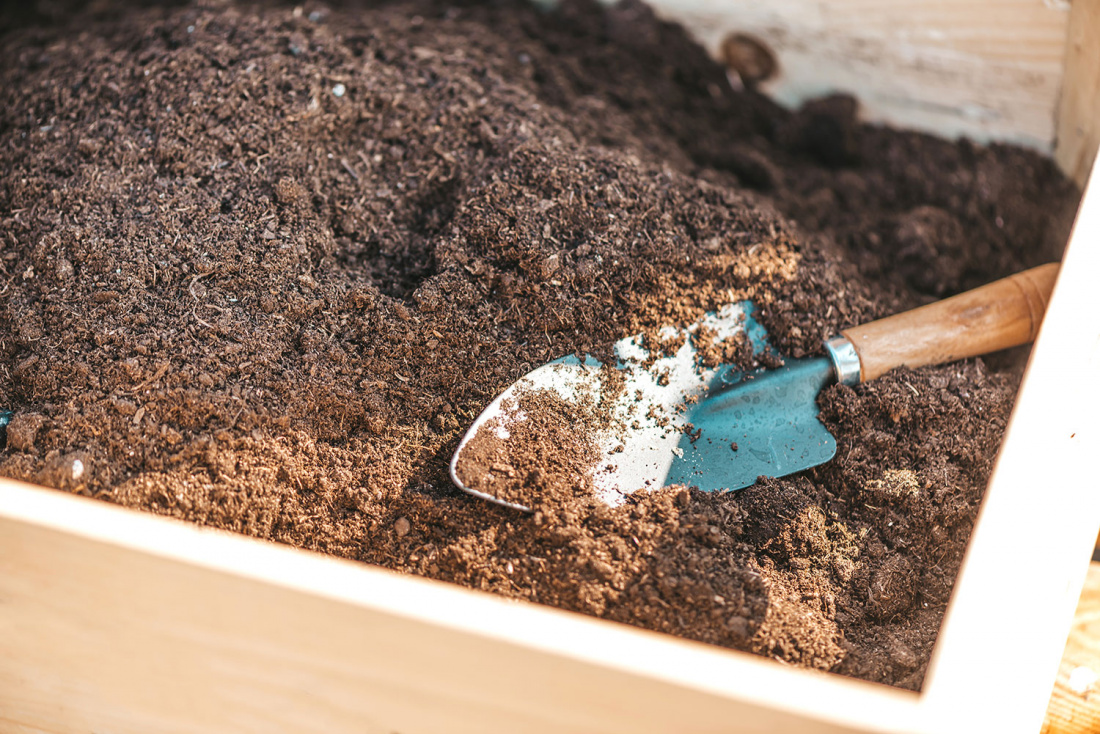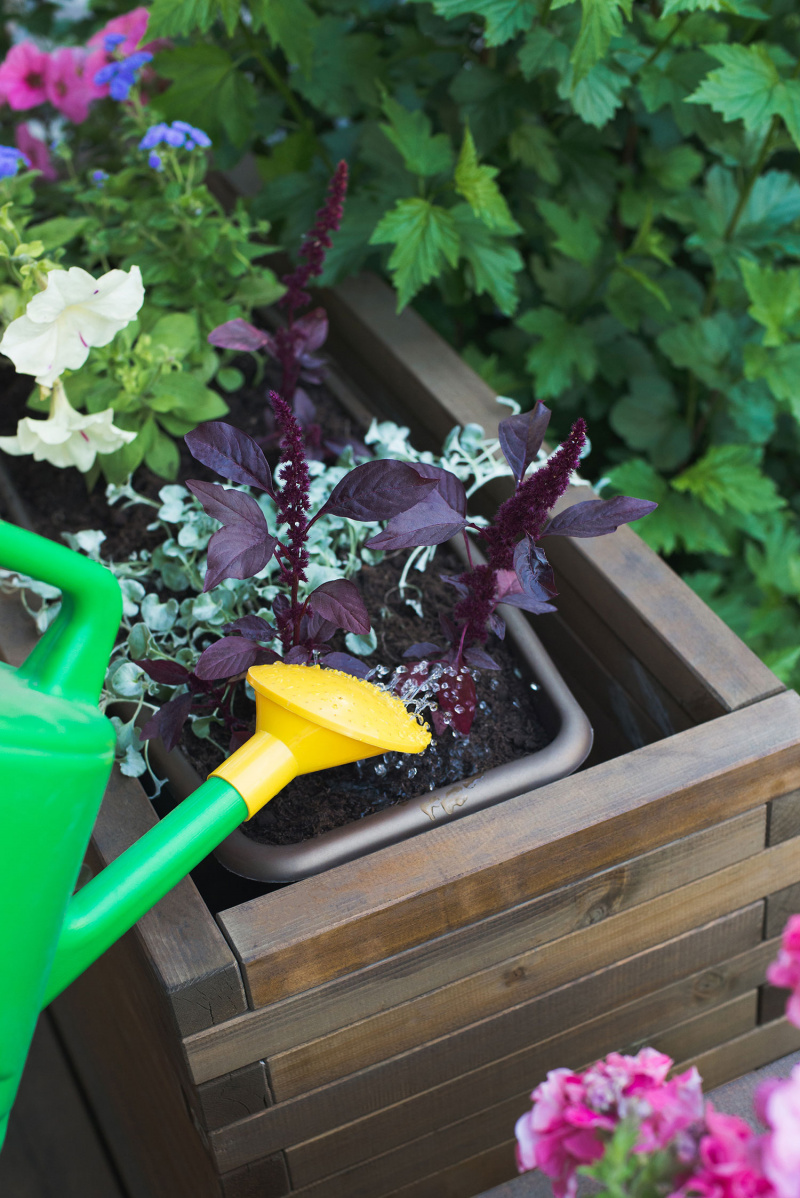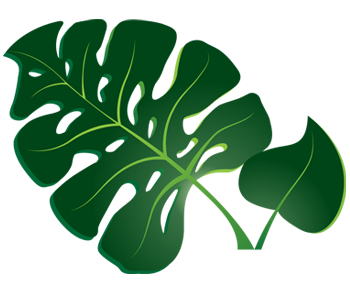For anyone that lives in an apartment or a space with no backyard, it's hard to picture being able to have an actual garden. With no ground, how can you expect things to grow?
The opposite is actually true, though. You don't need a full backyard to enjoy a home garden. In fact, learning about container gardening for beginners makes planting anywhere possible.
But what do you need? Where can you find the space to even put your container garden? Luckily, we're here to help.
Read on to learn all the container gardening tips you need to know.


Pick a Location
What you plant in your container garden is going to depend on its location in your home.
If you go with a sunny spot in your home, then planting things like arugula or hydrangeas isn't a smart idea. On the flip side, if you have a window that doesn't receive full sunlight then going with those plants would actually be a smart idea.
Knowing where you're planting your container garden and then choosing plants from there is a smart idea.

What Are You Planting?
After you know where your garden is going to be placed, it's time to decide exactly what you're going to be planting.
While seeds are a great way to start any kind of container garden, you may choose to opt for using sprouts to start with. If that's the case, a trip to the plant store is more than likely in order.
There are a few things to be on the lookout for.
Check the Roots
If you're not planting from seeds, make sure you check the roots of any plant you purchase. Some are going to be rootbound to their container, which is OK, but it can also get a lot worse.
If roots are mushy, discolored, or unhealthy looking then it might be best to put that plant back. The soil may also smell abnormal or have mold or fungi growing in it. Unless you know what's going on with the plant and can fix it yourself, it's best to leave it at the store.
Rootbound plants are often saved by being repotted in a bigger container.
Check the Sunlight and Moisture Needs
While researching the plants you'd like to have in your container garden beforehand is a great idea, the small tags in the plant's soil at the store usually offer adequate information.
You want to look for options that fit the conditions of your plant space, and options there are going to be happy with the moisture level they're likely to receive.
Moisture, low-light loving plants might enjoy a windowless bathroom. Drought-tolerant plants that love sunlight would do best placed in a windowsill that gets lots of direct sunshine.
Whatever you choose, make sure you know how much light and how much water they need.

Choose Your Containers
Once you have plants, it's time to grab the containers they'll be inhabiting. In almost every case, you need something with good drainage at the bottom. The material, however, depends on the plant.
For cacti and succulents, glass, plastic, and clay pots are your best bet. Shallow is always a good idea here, and lots of drainage holes are important.
For herbs and flowers, opt for plastic or wood containers. These plants enjoy deep pots since they have long roots.
Fruits and veggies love large containers with plenty of room to go. Decent drainage, like with succulents, is important here.
Finally, for houseplants like pothos or wandering jew, clay or plastic pots with medium depth are ideal.

Choose Your Soil Wisely
Finally, you have to choose your potting soil. A lot of mixes come pre-mixed and provide your plant with all the nutrients it needs, while others leave room for customization.
There are three main things to follow, though, depending on the plant's species.
Herbs, flowers, vegetables, and fruit love nutrient-dense soil. Sandy soil allows succulents of all kinds to dry out nicely. For starting seeds, reach for coconut fiber, vermiculite, or a well-draining medium.
You can also start your compost pile or join a local group and gain access to one.

It's Time to Get Planting
Finally, it's time to get your hands (or gloves) dirty. You're going to need all your materials handy, along with your plants and possibly a trowel for digging.
Once you've got everything arranged, it's time to get planting.
You can start by adding your soil to the bottom so it's nicely covered. It should be enough to allow nice padding for the plant's roots but not so much that the roots can be seen from the top of the pot.
When you remove your plants from their store containers you want to massage the roots a bit to get them ready to transplant. If you're starting from a seed, it's best to fill the container with soil under you're 1-2 inches from the top.
From there, add one to five seeds to one container, cover, and water.

There's More to Learn About Container Gardening for Beginners
Now that we've laid everything out for you, it's time to get started! The best part about container gardening for beginners, however, is that there is always something more to learn.
Gardening itself is such a huge pastime enjoyed by many, and it's something that always has new lessons to offer. This guide is sure to help you get started, but learning as you go is definitely something a lot of gardeners do.
To learn more about potential pot sizes you might need, check out our guide here.

